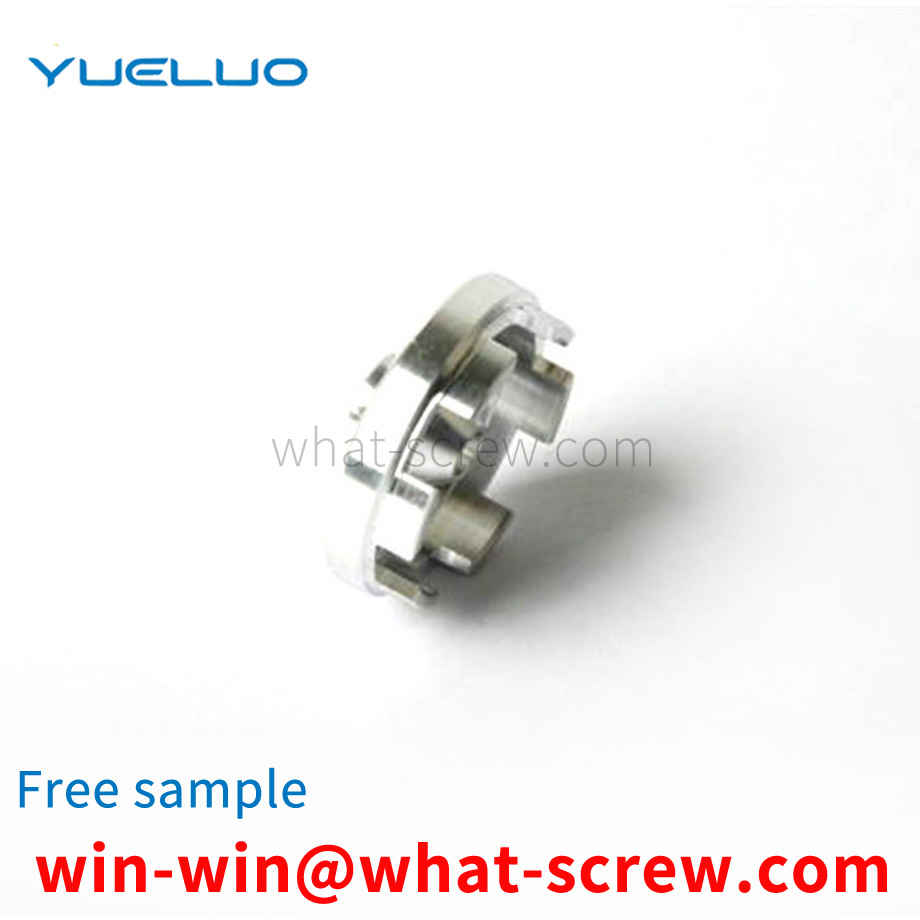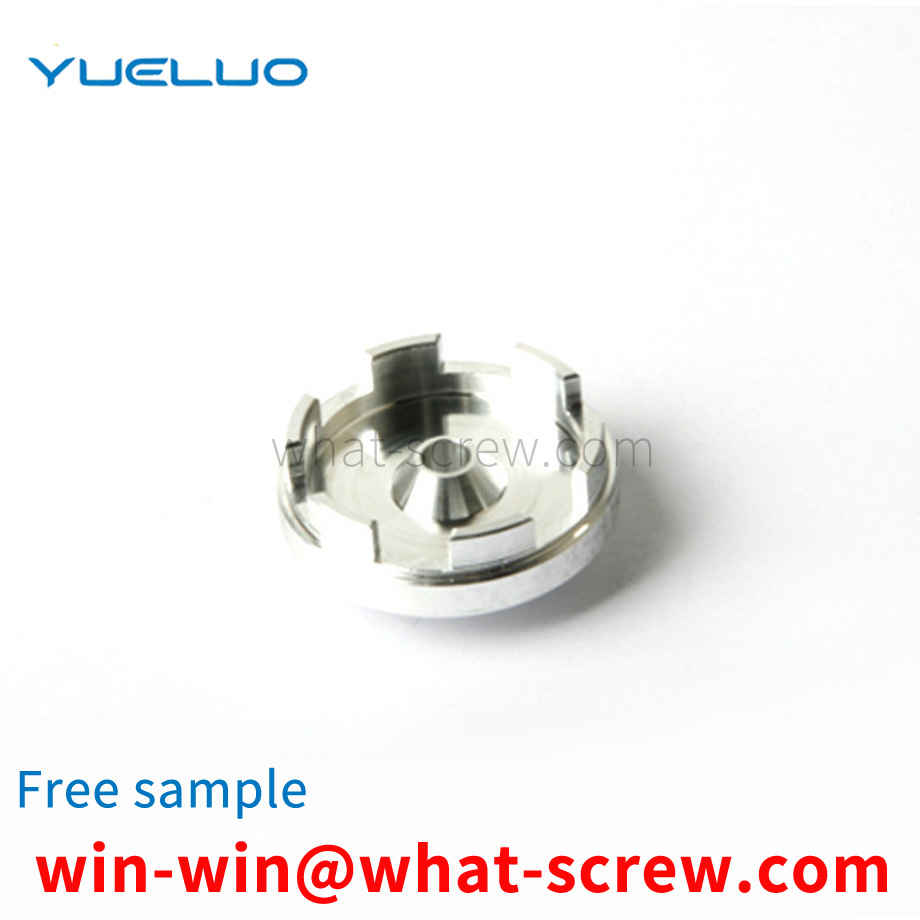① Nominal thread outer diameter (thread specification): divided into metric system and inch system. Metric thread → common specifications are 2; 2.3; 2.5; 2.6; 2.9; 3; 3.1; 3.5; 4; 4.2; 4.5; The unit is mm (millimeters). Inch thread→ Common specifications are 2#;4#;6#;8#;10#;12#;1/4;7/32;5/16;3/8;1/2 ;9/16;3/ 4. The unit is in (inches). ② Number of teeth/pitch: Definition of number of teeth → the number of teeth lines in one inch (25.4mm) length. Pitch Definition → Distance value between two adjacent threads. Conversion of number of teeth and pitch of teeth → pitch of teeth = 1 inch/number of teeth ③Nominal length: divided into metric system and inch system. Metric Nominal Length → Common values are 5, 6, 6.5, 7, 8, 9, 9.5, 10, 11, 12, 13, 14, 15, 16, 18, 19, 20, 21, 25, 28, 30, 31 , 32, 35, 40, 42, 45, 50, 55, 60, 65, 70, 75, 80, 85, 90, 95, 100, 110, 120. The unit is mm (millimeters). Imperial Nominal Length → Common values are 1/4, 5/16, 3/8, 7/16, 1/2, 5/8, 3/4, 1, 2, 3. Units: in (inches). ④Head type: use letters to indicate the type of head type, please refer to the previous classification of commonly used screw head types. ⑤Tooth type/tail type: Use letters to indicate the type of tooth type/tail type, please refer to the previous Commonly used screw thread/tail type classification. ⑥Groove type: Please refer to the previous section Category of common screw groove types of our company. Cross-slotted or non-slotted (such as punched hexagon head screws) do not need to be marked here, and other groove types need to be described in words. ⑦Special labeling: In general, no labeling is required. When expressing its characteristics, it is described in words at this position. For example: the specification name of the screw is described as 4-0.7x70PM±tooth length 35, which means 4 is the nominal diameter of the screw thread, 0.7 is the pitch, 70 is the nominal length of the screw, and P means its The head type is a pan head, M means its tooth type/tail type is a wire thread type, ± means its groove type is ± groove and can also be expressed by plus or minus groove. Tooth length 35 is special Mark, specify the thread length value of this screw.
An anti-falling nut, comprising a lock buckle 1, a lock plate 2, a nut body 3, a lock ring 4 and a lock claw 5, the lock ring 4 and the nut body 3 are used together, the lock ring 4 is a circular ring, and the lock ring 4 is a ring. The inner diameter of the ring 4 is larger than the inner diameter of the circumscribed circle of the nut body 3, the outer diameter of the lock ring 4 is smaller than the inner diameter of the lock 1, the lock plate 2 is an arc-shaped metal plate, and the number of the lock plates 2 is greater than or equal to three. One end of the short side is connected to the nut body 3, the other end of the lock plate 2 is connected to the lock pawl 5, the lock plate 2 is inclined to the outside of the nut body 3, and the lock buckle 1 is provided at the connection end of the lock pawl 5 and the lock plate 2. The outer side of the lock buckle 1 is a concave arc.
When the mold is manufactured, many positioning pins need to be installed to fix the relative position between the two parts. The positioning pins are usually sunk into the positioning pin holes on the mold. Since the mold needs to be pulled out frequently during assembly, in order to Remove the parts and make corrections. At the same time, the mold also needs to pull out the positioning pins during maintenance to remove the damaged parts for maintenance. Therefore, the workload of pulling the pins is large. The existing methods are: 1) When installing the pins, The operator uses a self-made long screw that matches the threaded hole of the pin to screw it into the pin, and then aligns the pin hole with a hammer to hit the screw to make the pin snap in, and then screw the screw out by hand. The disadvantage is: on the one hand, the hammer hits the screw It is easy to cause the screw to be damaged or deformed, and it cannot be used normally. On the other hand, it is labor-intensive to remove the screw by hand and may not be able to be removed; 2) When pulling out the pin, the operator will screw the screw into the pin and use force directly or with pliers To pull out a screw, a few companies use a large pin puller to pull it out. The disadvantage is that it is too laborious and time-consuming to pull out by hand or with pliers. Even if a large pin puller is used, the weight of the pin puller itself is large. , it is inconvenient to use.
In addition, in the prior art, rivets are also used to riveted screws on metal plates. The rivets are nail-shaped objects with a cap at one end. In riveting, the riveted parts are connected by their own deformation or interference. When using rivets, it is necessary to set moderately sized positioning holes in the corresponding positions of the two metal plates, and the rivets directly penetrate into the positioning holes and then riveted. Because this riveting method does not require welding, it will leave a hole on the back of the metal plate. Therefore, in the prior art, the surfaces of the two metal plates after riveting are covered with a layer of smooth metal skin to cover the riveting marks, which will also increase the overall cost, including metal The cost of the skin and the increase in the manufacturing process, while the riveting process is limited, the connection between all metal plates cannot be universal.
Nuts and bolts are one of the most widely used fasteners in modern mechanical structures. At present, the common metric bolts and nuts are generally trapezoidal in cross-section. The connection between the bolt and the nut is prone to loosening under severe vibration, or even falls off by itself, and the tightening force of the bolt and nut thread is mainly concentrated in the bolt thread and Between the teeth of the first few threads where the threads of the nut are in contact, resulting in loosening of the fastener and sliding pressure of the threads
We have many years of experience in the production and sales of screws, nuts, flat washers, etc. The main products are: electric welding nuts, galvanized through-hole rivet nuts, GB30 bolts, extended screw washers and other products, we can provide you with suitable tightening screws. Firmware Solutions.



















 Service Hotline
Service Hotline




